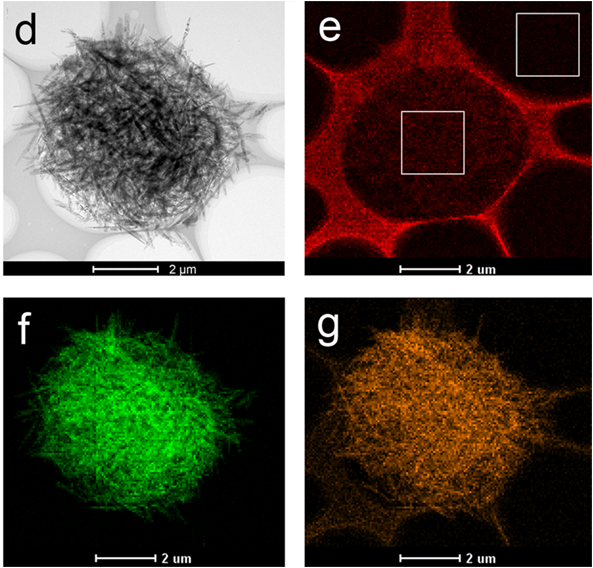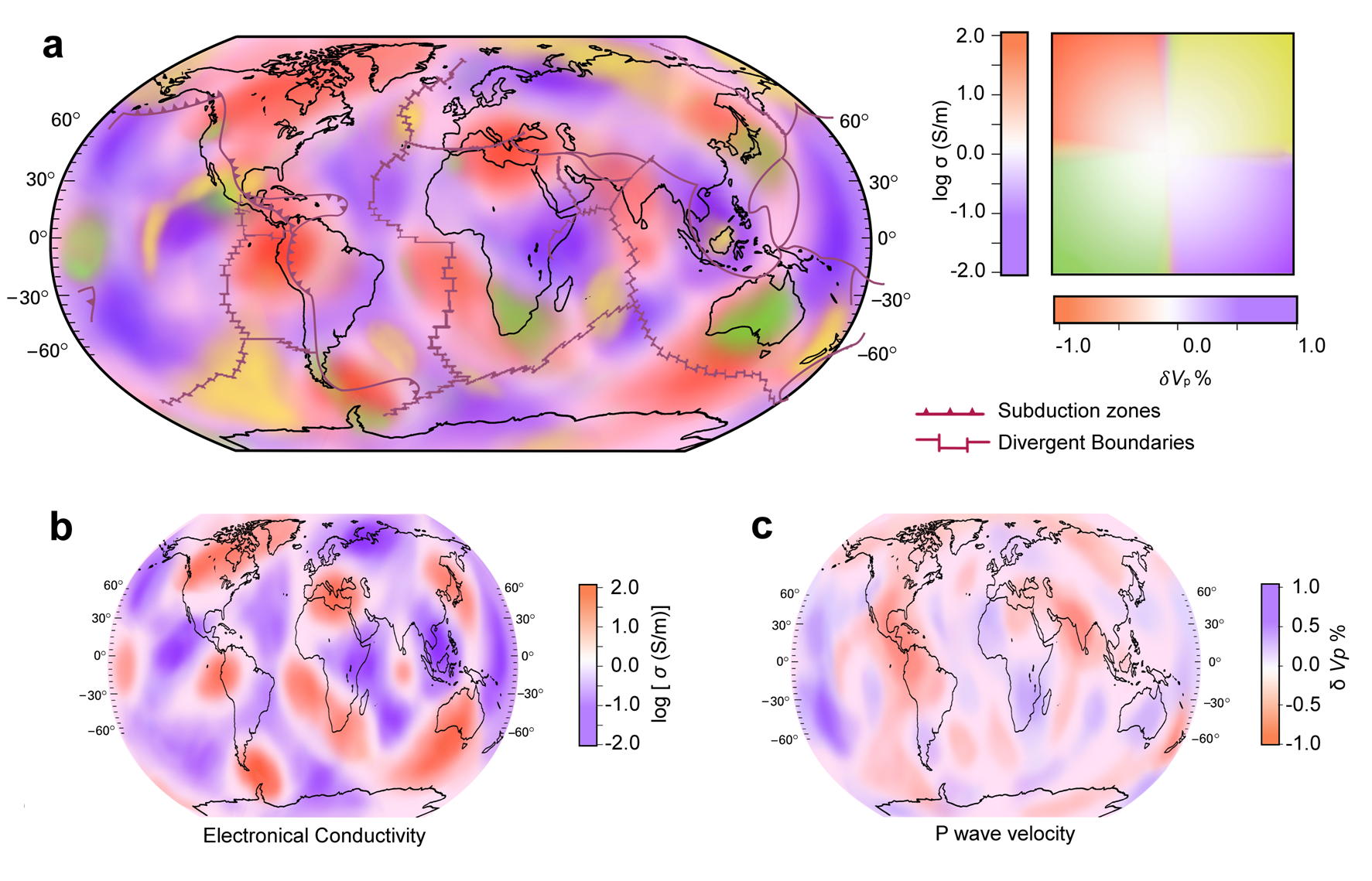Echo of water from 1200 km depth below our feet - Dr. Qingyang Hu
DECEMBER 15, 2021
No human-beings have ever visited Earth’s mantle, which is hundreds to thousands of kilometers below our feet. In fact, the mantle is described as a burning, rocky place that no lives can survive. Simply image water is actively transporting in such depth and the deep water is the key to the habitable surface. But how can to detect it?
Water is transported in so-called hydrous minerals. They are no other than “dry” minerals like diamond or quartz by appearance, but water is incorporated into them through chemical bonds. Some of them form very strong chemical bonds with water such that they can endure the high-temperature high-pressure conditions of the mantle. “Our mission is to study the unique properties of hydrous minerals” said Yukai Zhuang, alumni of the Center for High Pressure Science and Technology Advanced Research (HPSTAR) and currently an associate professor at Sichuan University. “There are two properties we are paying attention to: the seismic velocity and electrical conductivity. They can be measured from Earth’s surface, without actually going into the mantle to touch samples.”

Caption: Goethite-soil aggregates under scanning electron microscope.
The group mimicked the conditions of the lower mantle, from 0-1200 km depth in their labs, and studied the seismic velocity and electrical conductivity of a specific hydrous mineral goethite. “Goethite is a special hydrous mineral because it coexists with organic matters on Earth’s surface and it absorbs carbon when temperature is below the freezing point. It helps to offset carbon emission,” added Sensen Wu, who just completed his Ph.D. thesis with HPSTAR and obtained degree from the Geochemistry Institute, CAS. His results of goethite soils are published by Geoderma. When goethite descends o the depths of the lower mantle, the minerals suffer a series of transformations and its electrical conductivity soar higher. At the same time, its seismic velocity substantially reduces. “We compressed goethite up to 600,000 atmospheres in a flying press and measured its seismic velocity in a flash of eye. The velocity suddenly dropped at pressures corresponding to 1200 km depth.” said Bo Gan of Sichuan University, the co-first author of the study.
Those changes of seismic and electronic conductivity in compressed goethite match those in Earth’s lower mantle. By looking up the seismic and electronic conductivity profile data, the group think goethite is responsible to many features in the lower mantle, between depth 900-1200 km (see figure). The double constrains of seismic and electronic conductivity are robust to rule out the minerals that exist in the lower mantle. If goethite spreads in such depth, it means water is transported at least to the middle of the lower mantle. “We heard echo of water from our labs,” added Yukai. Hydrous minerals like goethite may not constitute the majority of our mantle. However, they are like capillaries of Earth and carried water down to its interiors. The results are published by the recent issue of Science Bulletin.

Caption: Sound velocity and electromagnetic maps in the mid-lower mantle (1220 km depth).
Refs:
Sensen Wu, Chengshuai Liu, Xiaoguang Li, Baohua Xiao*, Qingyang Hu*, Freeze-thaw controlled aggregation mechanism of humic acid-coated goethite: Implications for organic carbon preservation. Geoderma 406, 115514 (2022).
Yukai Zhuanga#, Bo Gan#, Zhongxun Cui, Ruilian Tang, Renbiao Tao, Mingqiang Hou, Gang Jiang, Catalin Popescu, Gaston Garbarino, Youjun Zhang*, Qingyang Hu*. Mid-mantle water transportation implied by the electrical and seismic properties of ε-FeOOH. Science Bulletin DOI:10.1016/j.scib.2021.12.002 (2021).
电磁波地震波等观测数据表明在中下地幔1200km深左右,电导率与波速剖面均有明显的异常(上图),通过两相结合产生了高电导低波速,高电导高波速,低电导低波速以及低电导低波速等异常区域,且这些异常区域与俯冲带的分布有明显相关性。近日,北京高压科学研究中心与四川大学原子与分子物理研究所合作,分别利用动高压、静高压两种实验手段,测量了高温高压下地表针铁矿(α-FeOOH,即铁锈)的高压矿物ε-FeOOH的电导率和地震波速度。其中地震波速在四川大学的二级轻气炮中高速碰撞产生动态高温高压中测量;电导率测量基于北京高压中心的金刚石压腔(钻石互相挤压)与激光加热系统。结果表明ε-FeOOH在中下地幔1200 km深度左右由于矿物电子结构的变化会产生电导率的异常升高并伴随波速的异常下降。尽管ε-FeOOH不是下地幔的主要矿物,但其就像“毛细血管”一样可以把部分水输送地球深部,地球深部的水循环可能包含更广阔的区域。研究的第一作者为高压中心校友、现任四川大学副研究员庄毓凯,与四川大学的甘波博士。通讯作者为北京高压科学研究中心的胡清扬研究员和四川大学原子与分子物理研究所的张友君副研究员。此工作得到了博士后面上项目、四川大学人才启动计划、国家重点研发计划、国家自然科学基金和腾讯基金会等的支持。
